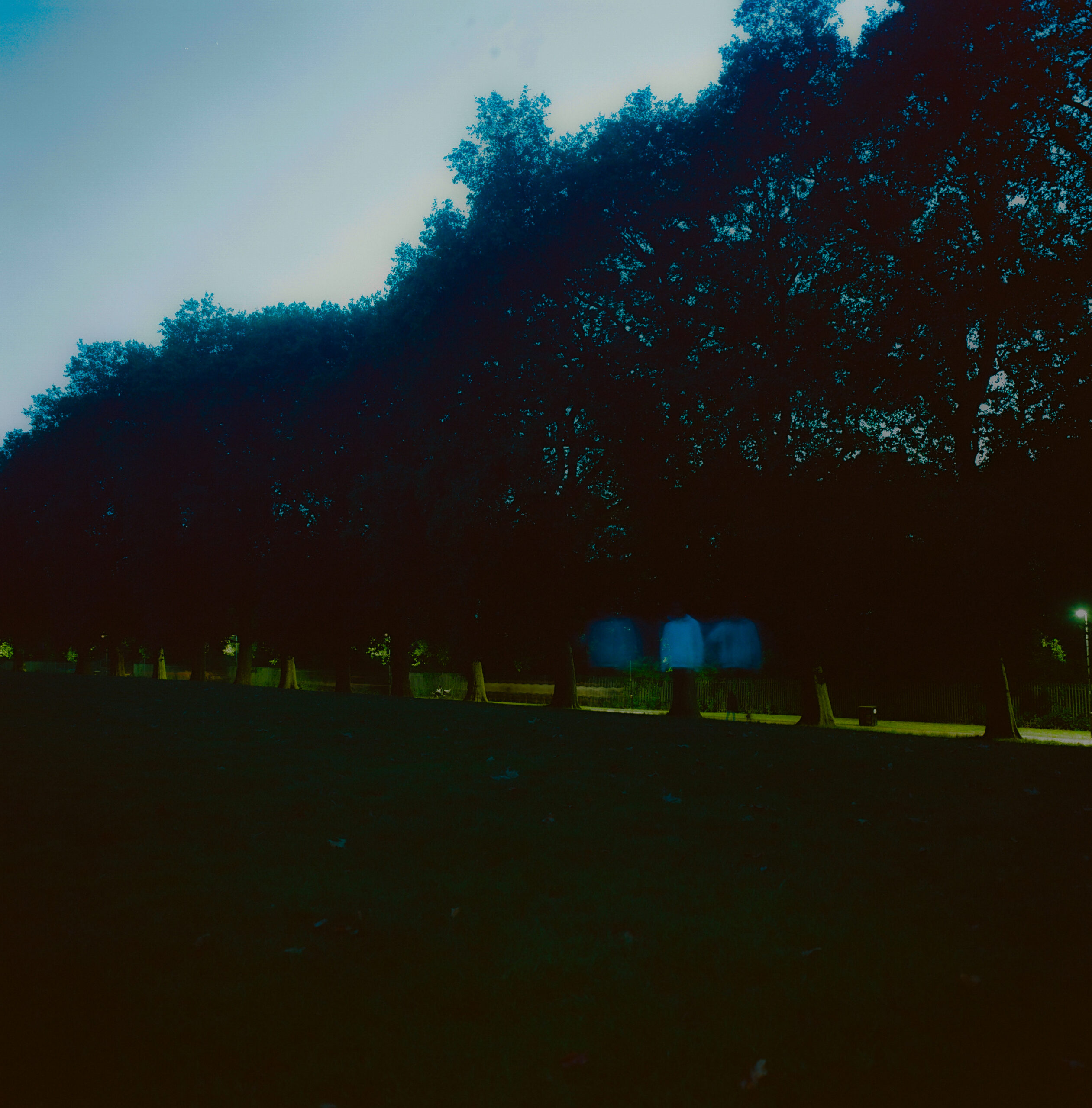Breakin’ In Space #8: The Future – Nuclear Holocaust

“For we who grew up tall and proud/In the shadow of the mushroom cloud.” Hammer to Fall – Queen
If you grew up during the 1980s and were vaguely sentient, there's a good chance that you were petrified of the prospect of a global thermonuclear war. It was impossible to escape, a bit like Rita Ora is now. I watched docudrama Threads; a stupid decision I'd live to regret when I was crippled by anxiety for months. There was a reason my parents had hidden the VHS on top of the tallest bookcase in the house, and it still ranks as the single most terrifying film I've seen – it makes Blair Witch look like Mary Poppins. Anyway, along with leg warmers, Duran Duran, the Rubik's Fucking Cube, brick-sized mobile phones, yuppies on gak, Molly Ringwald, and other such well-worn clichés of the decade, the fear of dying in a nuclear bomb attack was a staple part of everyday life.
It permeated all popular culture; films, telly and especially pop music – Invisible Sun by The Police, Frankie's Two Tribes and (my personal fave) 99 Red Balloon's by Nena. But funnily enough, not many electro artists, my music of choice at the time, were bold enough to tackle the subject. Enter The Future. Not the actual future, but The Future, a production duo comprising of Rodney Ford and Michael Johnson aka Michael Jonzun of Jonzun Crew fame, responsible for one of the first electro tracks I ever heard – Pack Jam (Look Out for the OVC).
Nuclear Holocaust came out in 1984 – the same year Threads was on TV and when fear of a nuclear planet was at fever pitch. To be honest, it's not that remarkable a song. Solid TR808 drum programming, some striking Egyptian Lover-esque synth melodies, coldwave vibes, explosion FX and a doomy, vocoder hook. But in lyrically tackling the global situation concerning the nuclear situation it stood alone in the genre.
"We'd better stop playing and start to pray, because we're not promised another day," intones Johnson early on in the track. Granted there were many more profound statements made on the subject, but in terms of summing up how my 11-year-old self felt after foolishly watching Threads, this nailed absolutely it. Why bother dossing about playing football, collecting scented erasers and obsessing about electro imports when I – and every other soul on the planet – was more than likely going to die?
"One man has the power to kill us all!" was another line that resonated; the idea that someone – Ronald Reagan or the then-Soviet leader Konstantin Chernenko – had their finger hovering over a big red button, poised and ready to send us all into oblivion.
From those bleak early lyrics, it soon progress towards a positive message more typical of the genre, about living together in harmony and not fighting each other, but this doesn't serve to dilute the power of the track.
This is a bit of a tangent, but Nuclear Holocaust came out on Mirage Records, the label founded by Jerry and Bob Greenberg in 1980 that released music by a bizarrely diverse roster of artists, including electro diva Shannon (of Let the Music Play fame), Carly Simon (the wonderful Why, written by Chic – check that out if it's not on your radar), Godley & Creme, the Bee Gees' Robin Gibb, Gary Moore and, erm, Whitesnake.
Also – if you missed it, Mark Cousins' almost hallucinogenically captivating montage documentary Atomic: Living in Dread and Promise (with an equally awesome Mogwai soundtrack), which does a brilliant job of capturing the dread of living in the nucelar age, is still available to watch on iPlayer.














![2354_WALLET_FOR_VINYL_313X313_SPINE_3MM [Convertido]](https://www.theransomnote.com/wp-content/uploads/2024/04/SLEEVE-FRV046-copia.jpg)



Must Reads
David Holmes – Humanity As An Act Of Resistance in three chapters
As a nation, the Irish have always had a profound relationship with the people of Palestine
Rotterdam – A City which Bounces Back
The Dutch city is in a state of constant revival
Going Remote.
Home swapping as a lifestyle choice
Trending track
Vels d’Èter
Glass Isle
Shop NowDreaming
Timothy Clerkin
Shop Now